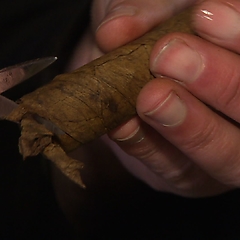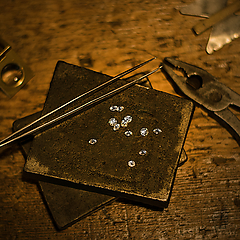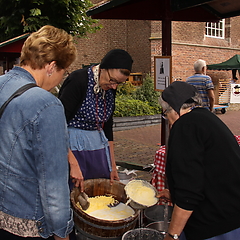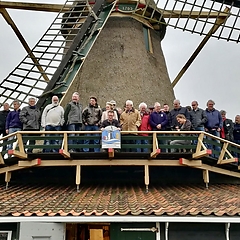Where the boundaries of classic and modern lie precisely with yachts, there is food for discussion. A fairly broadly recognized limit is sometimes laid in the year 1970. In 1970, the IOR measurement rules were introduced in competitive sailing. Along with the emergence of the polyester as a building material, where by using molds a large degree of standardization could be achieved among sailing yachts, a change in shape is created and the shape is becoming more and more standardized. Yet there is still a lust for the ships of earlier days. They are lovingly maintained, restored from time to time, but also newly built: ships designed "in the spirit of" and replicas. The long-standing and specific craft and craftsmanship for building and repairing classic sharp yachts is therefore maintained.
The people involved in craft and craftsmanship for building and repairing classic sharp yachts are hard to characterize. Some examples from the practice of today:
The dentist who spends his money and free time in a sailing oldtimer keeps it tightly in the paint and with shiny polished copper from Muiden across the IJsselmeer
A poor student who buys an umpteenth-hand boat for little money to do some work on in the weekends and to go out with a bunch of friends
A foundation that takes care of the yacht, which served as an example for the comic Captain Rob, and where young people are now dicovering somewhat of camaraderie while racing and working together in harmony;
(Museum) yards that still build classic sharp yachts.
Large common denominator: passion for classically lined boats, handicrafts and working with robust, often natural materials.
Of course there are purists, who want to keep everything down to the last detail, but there are also those who do not shy away from ultramodern adjustments, such as a carbon fiber mast. But then camouflaged to make it look like wood at a distance!
The name '' yacht '' goes back to the small light ships that were used for war purposes by Maurice of Orange on the Flemish coast. When Charles II of England later chose the yacht as a means of transport from the Netherlands to England for the Restauration in 1660, the yacht became a popular means of transport for the English elite. This has resulted in the sharp sailing yacht, which has undergone a change in its lines due to the introduction of the IOR measurement rules of 1970. Polyester construction takes a serious form in and around 1970 and would largely replace traditional construction.
Nevertheless, craftsmanship and craftsmanship are involved for building and repairing classic sharp sailing yachts. Of course, a lot of knowledge was lost on industrial sites due to industrialization and scaling-up in professional shipping, partly prompted by the use of modern materials.
A number of sites that could not come along in that development specialized in building the much smaller yachts. A number of them continued to build and repair in the traditional way: versions of old designs, designs "in the spirit of" and replicas take place.
Building, lovingly maintaining and from time to time repairing and restoring also takes place on a hobby scale. In addition, we know building and designing "in the spirit of" and replicas also take place.



